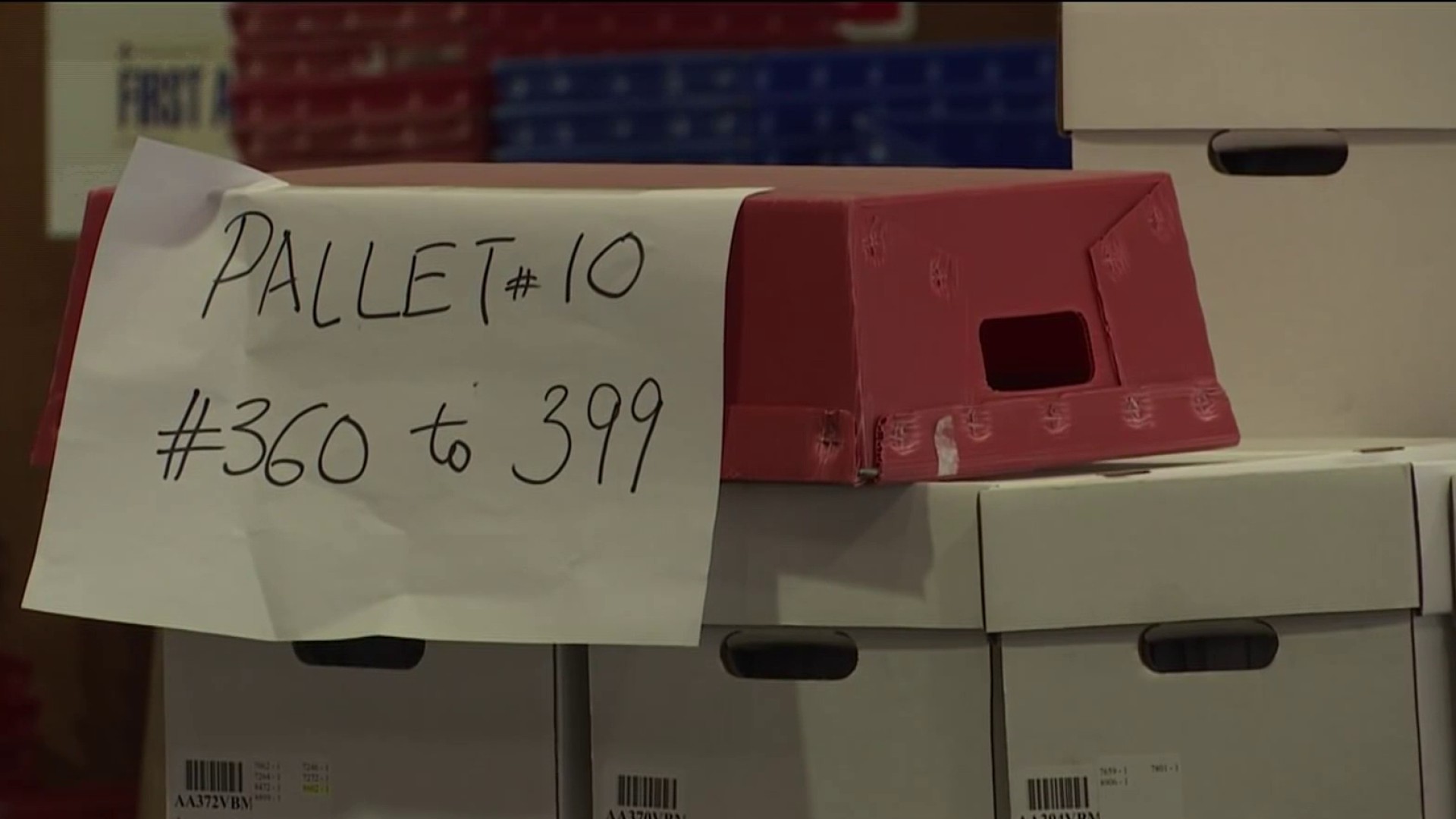So let me get this straight. Company A patents a technology. Company S uses this technology. Company A sues Company S for co-opting its patents, and the courts (so far) agree — and Company A is the bad guy?
Yes, I'm talking about what happened at IFA last week. Even though I was at IFA, I missed Samsung removing all evidence of the existence of its just-announced Galaxy Tab 7.7 after a Dusseldorf district court granted Apple's injunction like Josef Stalin removed Leon Trotsky (amongst others) from all Soviet history. I was busy touring the Sachsenhausen concentration camp, then wandering around historic Potsdam, thinking all the action at the Messe Berlin fairgrounds was kaput.
Oops.
Yet, when my compatriot Michael Trei passed along the report of Samsung's embarrassment from my fellow IFA traveler Chris Davies of SlashGear, who obviously stayed on the job over the weekend (show-off), he was flamed by many who called Apple a bully because they saw Apple's multi-touch patents akin to patenting a wave of your hand.
Sorry, Apple-haters. Not only are you objectively and demonstrably wrong, you're wrong at the top of your voice. Apple may well be a bully in a host of business dealings (and it is), but multi-touch technology — in fact, ALL simple-looking technology — is a mite more complicated than your dismissive gesture of flipping the bird at Apple.
First off, Apple isn't actually suing Samsung over just multi-touch. It's the Galaxy Tab 10.1's overall design that the German courts have found uncomfortably similar to iPad, and therefore have banned the sale of at least in Germany if not the entire EU. Problem is, I can't seem to find a copy of any of the actual complaints against Samsung that Apple has filed in Germany, Australia or, earlier this week, in Japan, which might include multi-touch gesture control.
But if Apple is suing Samsung (god, I love that alliteration) over multi-touch, it's for good reason. Developing multi-touch was a long, complicated process — although not all done by Apple.
Local
Our story begins in the early 1980s...
More Than A Mouse
Touchscreens are not a new technology; the original patents date back to the late 1940s. The first of eight digitizer touchscreen tablet patents were granted to Robert G. Kable, chief engineer at Ohio-based Scriptel, in 1986.
Theoretically, capacitive touchscreens could register multiple touches, but no one could figure out how to make the hardware and software work. That is, until spring 1999, when University of Delaware graduate student Wayne Westerman published a doctoral dissertation entitled "Hand Tracking, Finger Identification, and Chordic Manipulation on a Multi-Touch Surface," which described for the first time practical multi-gesture touchscreen methods.
While finishing his dissertation, Westerman and his faculty advisor, John Elias, formed FingerWorks, which began to make and market multi-gesture PC control products, including several iGesture pads, in early 1994.
Critics, geeks and especially Steve Jobs loved the idea of using fingers to control computers. Consumers, not so much.
So, in early 2005, Apple quietly bought FingerWorks and hired Westerman, which is how the iPhone and then iPad got a multi-touchscreen.
Patents Not Pending
Since then, Apple and Westerman have been granted 26 multi-touch patents.
Without Westerman, Apple has filed multiple multi-touch patents, including:
- "Force Imaging Input and Device System," which describes a method of detecting how hard the touch is to add a level of user control. The harder you push, the different the action.
- "Proximity detector in handheld device," which describes a touchscreen with an integrated proximity sensor, which would enable control without an actual touch, such as waving over a device to wake it up or "...GUI controls and tools that pop up when a finger is detected..." or "...in a music application, an onscreen control box that includes menu, play/pause, seek, and the like may be presented when a user hovers their finger above the user interface..."
- And, "Portable multifunction device, method, and graphical user interface for translating displayed content," which sort of consolidates many of Apple's previous multi-touch patents into a single document.
In other words, Apple's got multi-touch multi-covered.
Imitation Equals Flattery & Legal Action
I can't see Apple winning a second look-and-feel battle, although it deserves to, and deserved to in the Microsoft case. Without the initially much derided Mac or the even more derided iPad, there'd be no Windows and there'd be no Android — or, they'd have come much later and looked much different.
There sure wouldn't be a tablet PC business. Reading about how iPad was going to be Jobs' Waterloo and how "iPad" sounded like a digital sanitary napkin in the weeks leading up to iPad's 2010 introduction less than two years and 25 million iPads later is HIGH-larious and a sobering reminder about how much Google, Samsung and all the other Android tablet makers owe Apple for creating yet another product category for them to capitalize on.
As a tech historian, I've documented how hard people work for a long time and how companies invest a lot of money to invent new ways to make our technological lives easier. And history is replete with sorry souls who've had their ideas stolen, but were powerless to stop the intellectual theft. (See Farnsworth, Philo T.; Armstrong, Edwin Howard; Gray, Elisha; Tesla, Nikola.)
To wave off a technological accomplishment as sophisticated as multi-touch demonstrates an alarming ignorance of how hard it is to develop breakthrough technologies.
And anyone who is proved to have violated a patent — and that includes Apple, which is being sued by multiple entities over patent violations — even if that patent is bought, is committing a crime, and deserves any punishment meted out.
Stealing someone's idea, no matter how simple it may appear, is as much stealing as robbing a bank. And it is the thief who should be publicly shamed and held up to ridicule, not the patent holder.
About Our Columnist: Stewart Wolpin has been bloviating about consumer electronics for more than 25 years for the likes of DVICE, Tech Goes Strong, the American Heritage of Invention & Technology magazine, and elsewhere on the Web. Stewart is also an elector for the Consumer Electronics Hall of Fame, and has written two books: Bums No More: The Championship Season of the 1955 Brooklyn Dodgers, and The Rules of Neighborhood Poker According to Hoyle.



